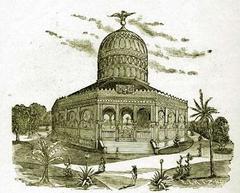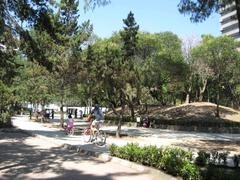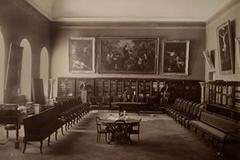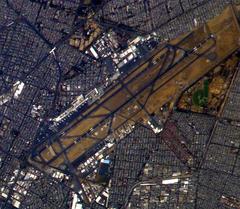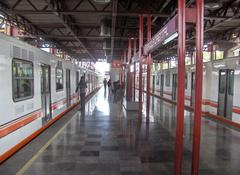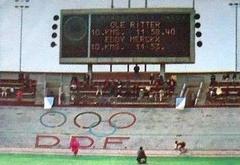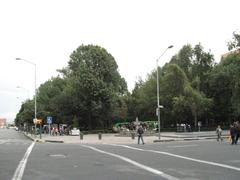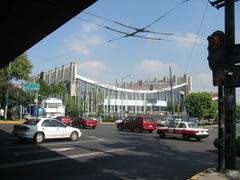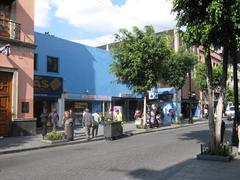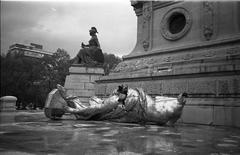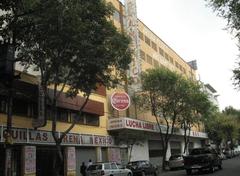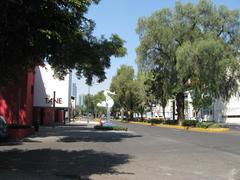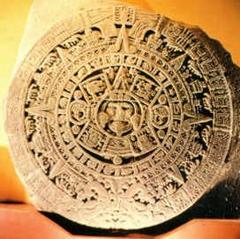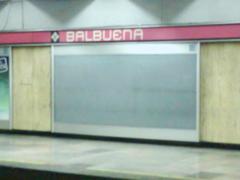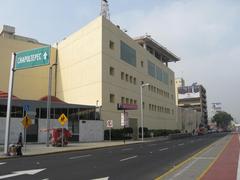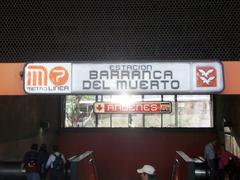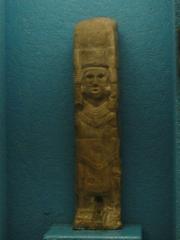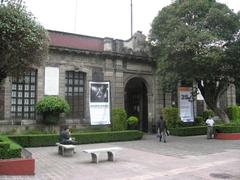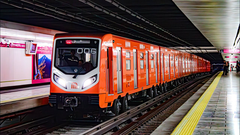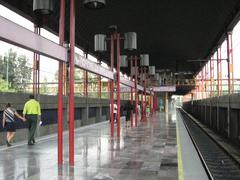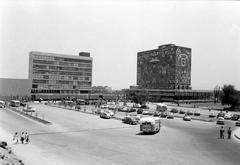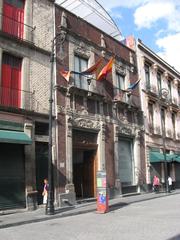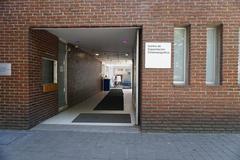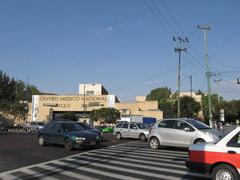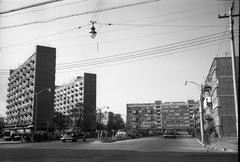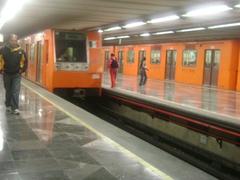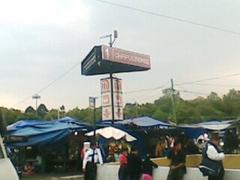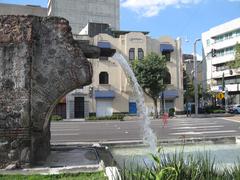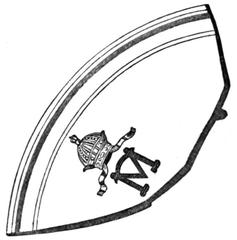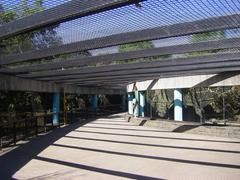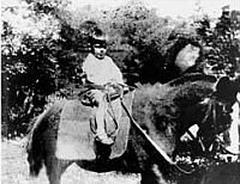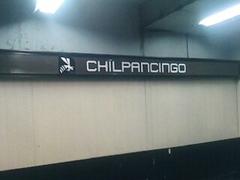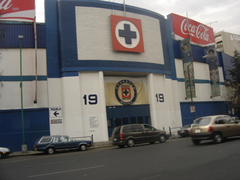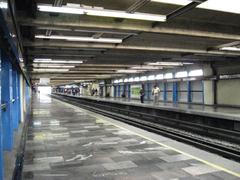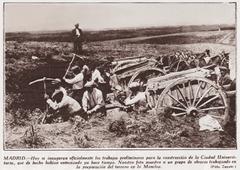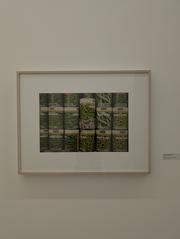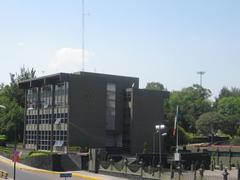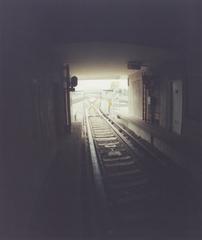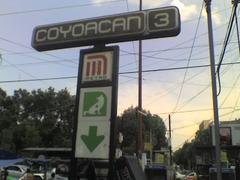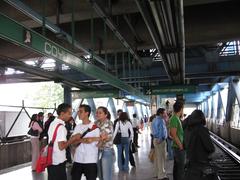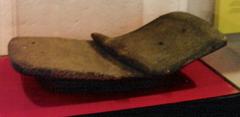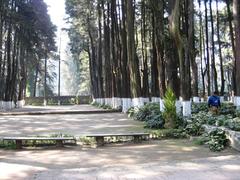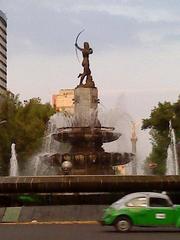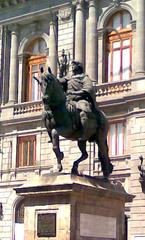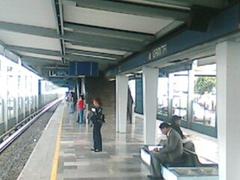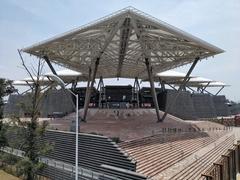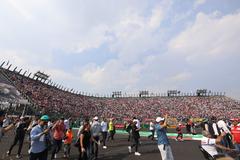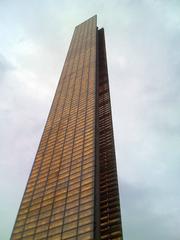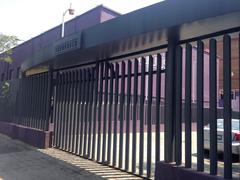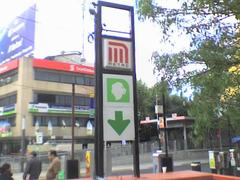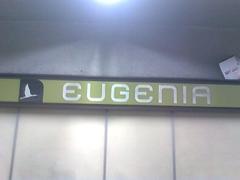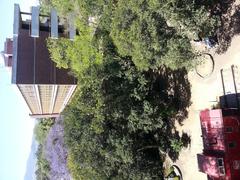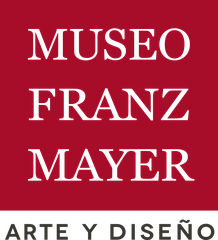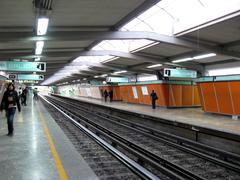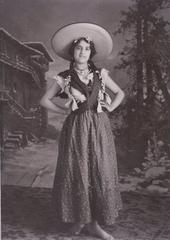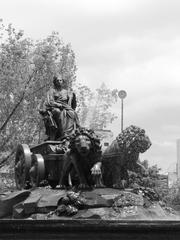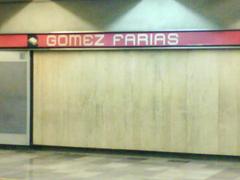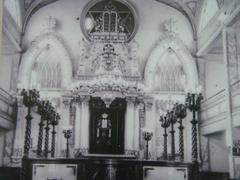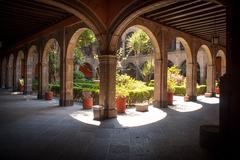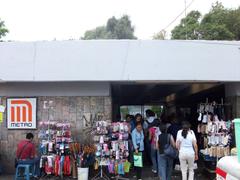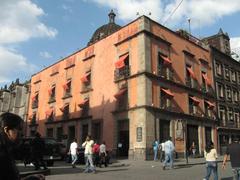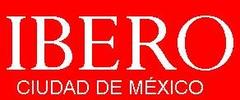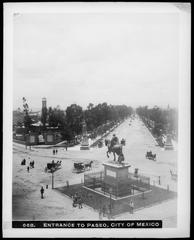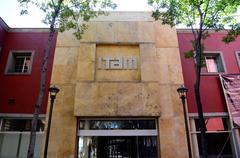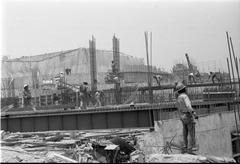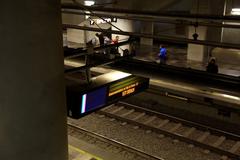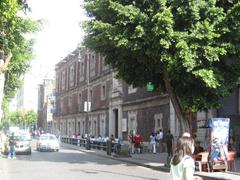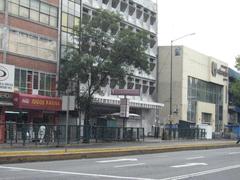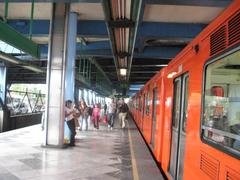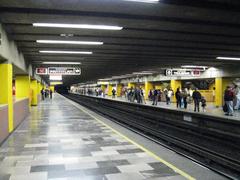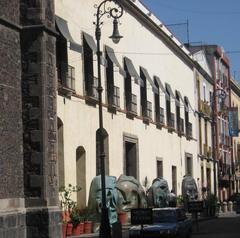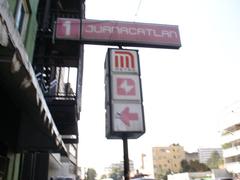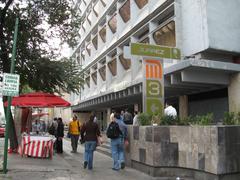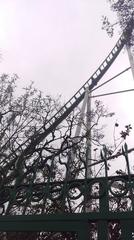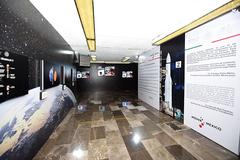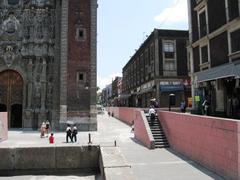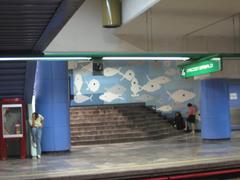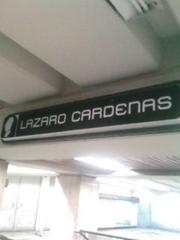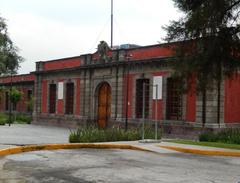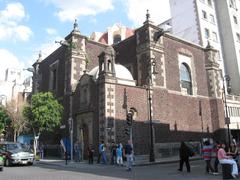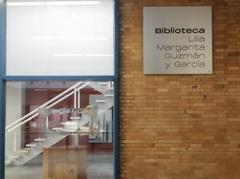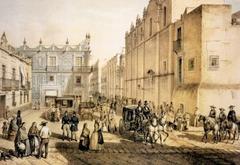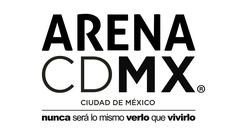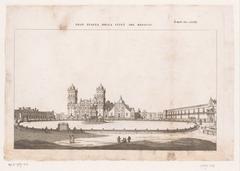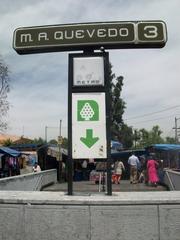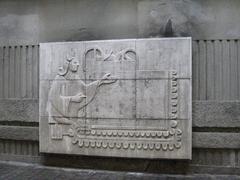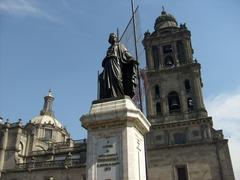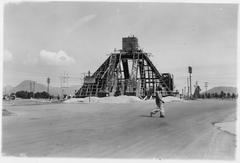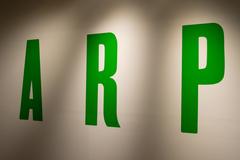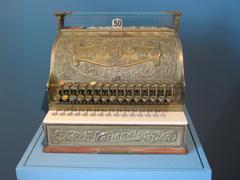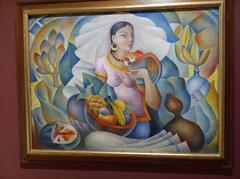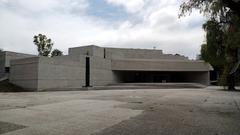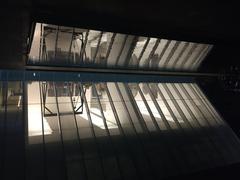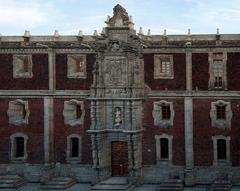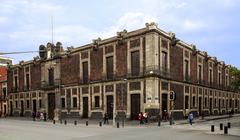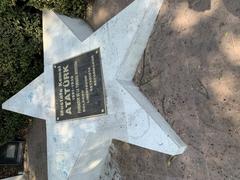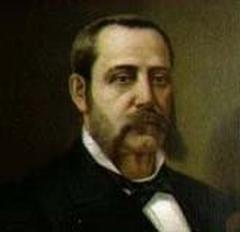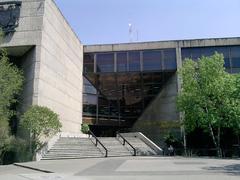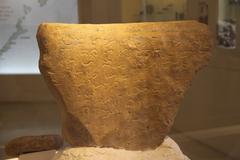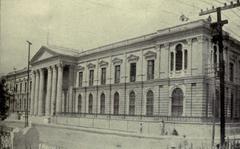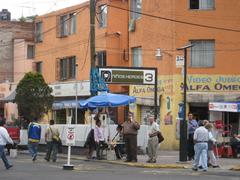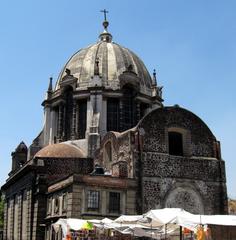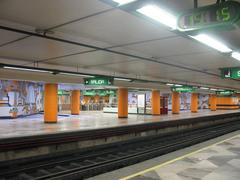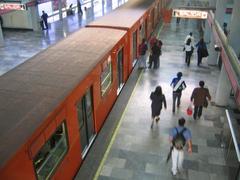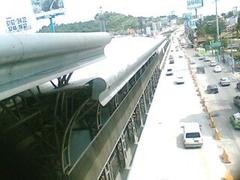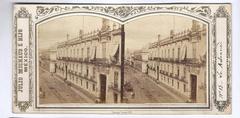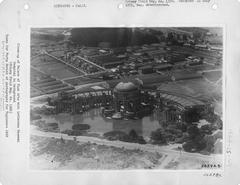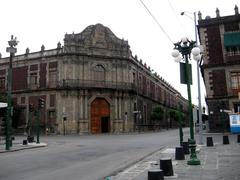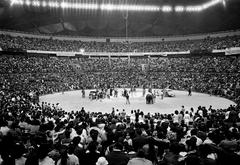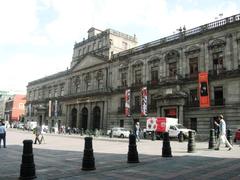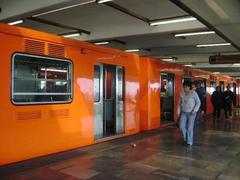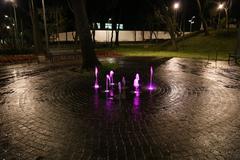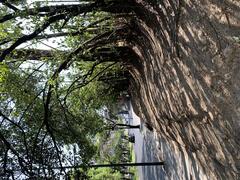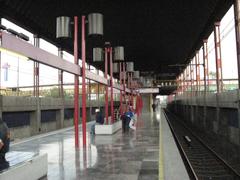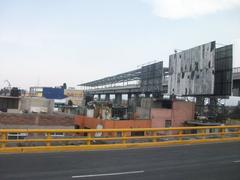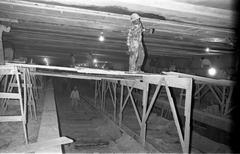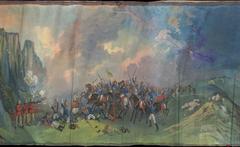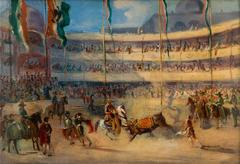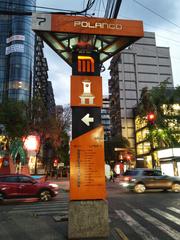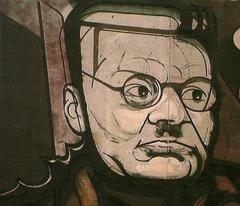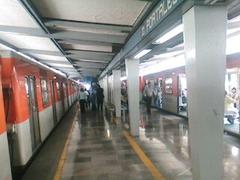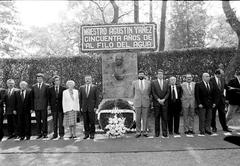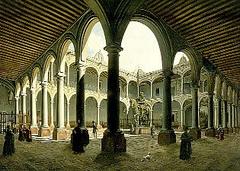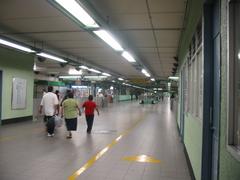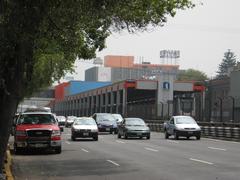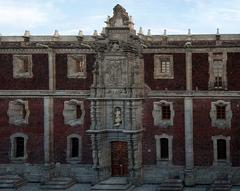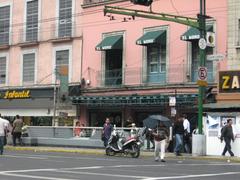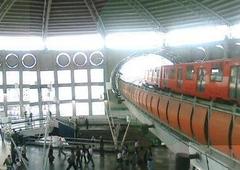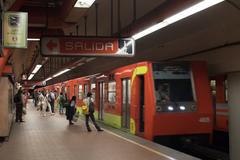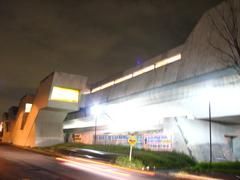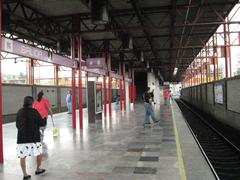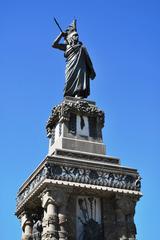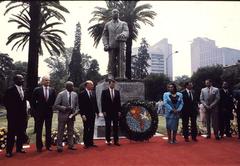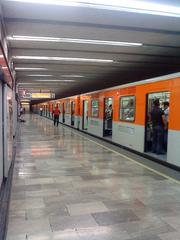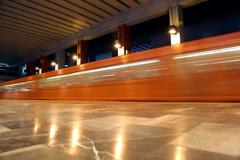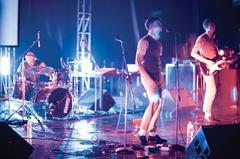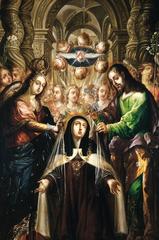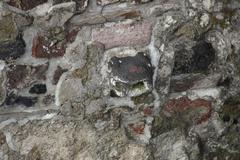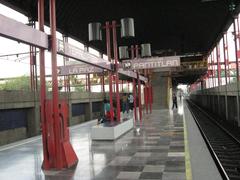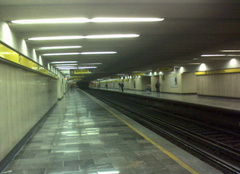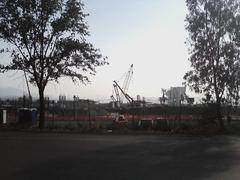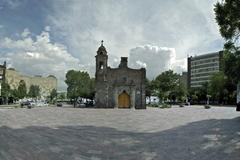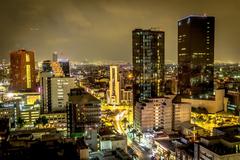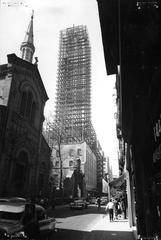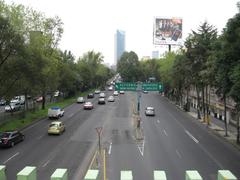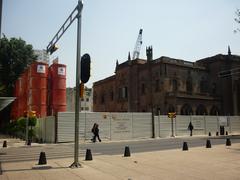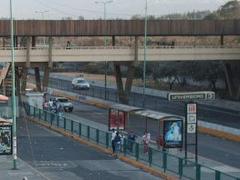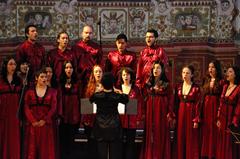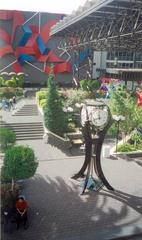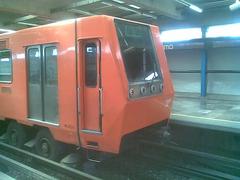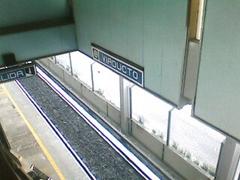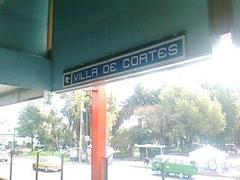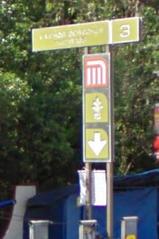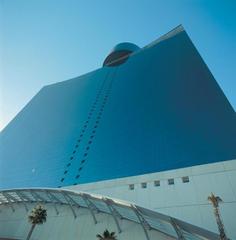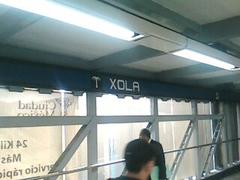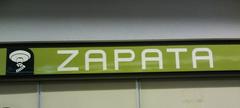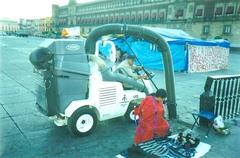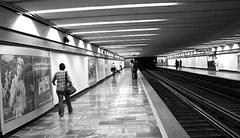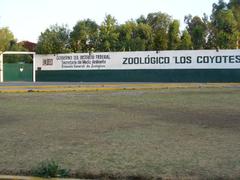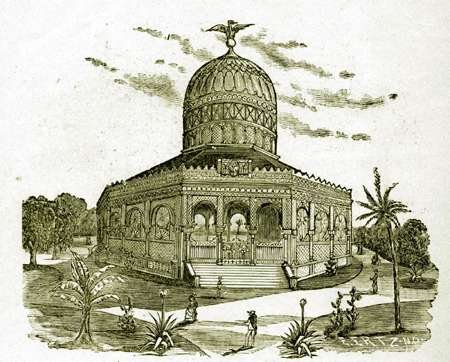
Complete Guide to Visiting Kiosco Morisco in Mexico City
Publication Date: 18/07/2024
Introduction to Kiosco Morisco
The Kiosco Morisco, nestled in the heart of Mexico City’s Santa María la Ribera neighborhood, is more than just an architectural marvel; it is a symbol of cultural fusion and historical significance. This Moorish Revival-style kiosk, originally designed by the esteemed Mexican architect José Ramón Ibarrola, was initially showcased at international expositions before finding its permanent home in Mexico City (source). The structure’s intricate geometric patterns, vibrant colors, and distinctive horseshoe arches are a testament to the rich and diverse history of Mexico, reflecting influences from both Moorish and European architecture. The Kiosco Morisco serves as a venue for cultural events, a public gathering space, and a cherished landmark, embodying the city’s evolution and its openness to global influences. This guide will provide you with detailed information on visiting hours, tickets, and the historical and cultural significance of this iconic structure, ensuring you make the most of your visit to this enchanting site.
Contents
- A Glimpse into the Past - The Birth of a Cultural Icon
- Architectural Fusion - A Symphony of Styles
- Beyond the Aesthetics - The Significance of the Kiosco Morisco
- Visitor Information - Enhancing Your Experience
- Visiting Hours
- Tickets
- Events
- Guided Tours
- Travel Tips - Making the Most of Your Visit
- Best Times to Visit
- Nearby Attractions
- Accessibility
- FAQ Section
- Cultural Importance and Current Usage
- A Venue for Cultural Expression
- A Public Space for Gathering and Recreation
- Conclusion
A Glimpse into the Past - The Birth of a Cultural Icon
The story of the Kiosco Morisco begins not in the distant past, but in the late 19th century, a period of significant transformation for Mexico City. President Porfirio Díaz, inspired by European grandeur, embarked on a mission to modernize the city, infusing it with a cosmopolitan flair. This ambition led to the commissioning of numerous public works, including the Palacio de Bellas Artes and the Postal Palace, both showcasing European architectural styles.
The Kiosco Morisco was born from this wave of modernization. Originally intended as a pavilion for Mexico’s participation in the 1884 World Cotton Centennial in New Orleans, it found its permanent home in Mexico City. Initially placed in the Plaza de la Constitución (Zócalo), it was later moved to Alameda Central, a bustling park, and finally, in 1910, to its current location in Colonia Santa María la Ribera.
Architectural Fusion - A Symphony of Styles
The Kiosco Morisco is a captivating example of Moorish Revival architecture, a style popular in Europe during the 19th century. This style, inspired by the architectural marvels of the Moorish era in Spain, is characterized by intricate geometric patterns, horseshoe arches, and vibrant colors.
Designed by the esteemed Mexican architect José Ramón Ibarrola, the Kiosco Morisco beautifully embodies these Moorish elements. Its octagonal structure, a signature feature of Islamic architecture, is supported by slender columns adorned with intricate floral motifs. The structure is crowned by a stunning dome, reminiscent of those found in mosques and palaces across the Islamic world.
Adding to its visual appeal, the Kiosco Morisco features colorful stained glass windows, a common element in Moorish architecture. These windows, crafted by the renowned stained glass artist, Eduardo Escalante, bathe the interior in a kaleidoscope of colors, creating a mesmerizing play of light and shadow.
Beyond the Aesthetics - The Significance of the Kiosco Morisco
The Kiosco Morisco is more than just an architectural marvel; it’s a symbol of Mexico’s complex history and cultural fusion. Its Moorish design, a stark contrast to the prevailing Spanish colonial architecture of the time, reflects Mexico’s openness to global influences.
Furthermore, the Kiosco Morisco has served various purposes throughout its existence. Initially a pavilion showcasing Mexican products, it later transformed into a bandstand, hosting musical performances that enlivened the city’s social scene. Today, it stands as a cherished landmark, a silent witness to the city’s evolution, and a popular gathering spot for locals and tourists alike.
Visitor Information - Enhancing Your Experience
A visit to the Kiosco Morisco offers a unique opportunity to step back in time and immerse yourself in a blend of architectural beauty and historical significance. Here are some practical details to plan your visit:
- Visiting Hours: The Kiosco Morisco is open to the public daily from 9 AM to 8 PM.
- Tickets: Entry to the Kiosco Morisco is free of charge. However, some special events might require tickets, which can be purchased on-site.
- Events: Check local listings or the official website for events, including musical performances and cultural gatherings.
- Guided Tours: Occasionally, guided tours are available, offering deeper insights into the history and architecture of the Kiosco Morisco.
Travel Tips - Making the Most of Your Visit
- Best Times to Visit: The Kiosco Morisco is enchanting at any time of day, but visiting in the late afternoon allows you to experience the beautiful play of light through the stained glass windows.
- Nearby Attractions: While in Colonia Santa María la Ribera, explore the neighborhood’s other architectural gems, such as the Museo Universitario del Chopo and the Biblioteca Vasconcelos.
- Accessibility: The Kiosco Morisco is accessible to visitors with disabilities, with ramps and pathways accommodating wheelchairs and strollers.
FAQ Section
What are the Kiosco Morisco visiting hours?
The Kiosco Morisco is open daily from 9 AM to 8 PM.
How much are tickets to the Kiosco Morisco?
Entry is free, but certain special events may require tickets.
Are guided tours available?
Guided tours are occasionally available. Check the official website or local listings for more information.
Cultural Importance and Current Usage
A Venue for Cultural Expression
Throughout its history, the Kiosco Morisco has served as a venue for various cultural events and celebrations.
- During the Porfiriato era (1876-1911): The kiosk hosted elite gatherings and concerts, showcasing European-inspired culture that was popular at the time.
- Post-Revolution (1920s onwards): The kiosk became a space for promoting Mexican arts and traditions. It hosted traditional music and dance performances, showcasing the country’s rich cultural heritage.
A Public Space for Gathering and Recreation
Beyond formal events, the Kiosco Morisco has always been a popular public space for locals and tourists alike.
- Santa María la Ribera neighborhood: The kiosk is an integral part of the Santa María la Ribera neighborhood, serving as a meeting point for residents, a place for leisurely strolls, and a backdrop for everyday life.
- Social interactions: The open design of the kiosk encourages social interaction and a sense of community. Its presence in the park creates a vibrant atmosphere where people from all walks of life can come together.
Conclusion
The Kiosco Morisco stands as a testament to Mexico City’s rich architectural and cultural heritage. From its origins in the late 19th century under President Porfirio Díaz’s modernization efforts to its current role as a vibrant public space, the kiosk has continually evolved, reflecting the dynamic cultural tapestry of Mexico (source). Its Moorish Revival architecture, marked by intricate designs and vibrant stained glass, offers visitors a unique glimpse into Mexico’s eclectic historical influences. Whether you’re a history buff, an architecture enthusiast, or simply looking for a picturesque spot to relax, the Kiosco Morisco is a must-visit destination. With free entry and accessible public transport options, it remains an inviting and inclusive space for all. Be sure to check for special events and guided tours to enrich your experience further. As you explore the Kiosco Morisco and its surroundings, you’ll not only witness the grandeur of its design but also feel the pulse of Mexico City’s vibrant cultural life.
Sources and References
- Kiosco Morisco in Mexico City - Visiting Hours, Tickets, and Historical Insights, 2024, Author (source)
- Exploring Kiosco Morisco - Visiting Hours, Tickets, and Cultural Significance in Mexico City, 2024, Author (source)
- Visiting Kiosco Morisco - Hours, Tickets, and Tips for Exploring Mexico City’s Historic Landmark, 2024, Author (source)
